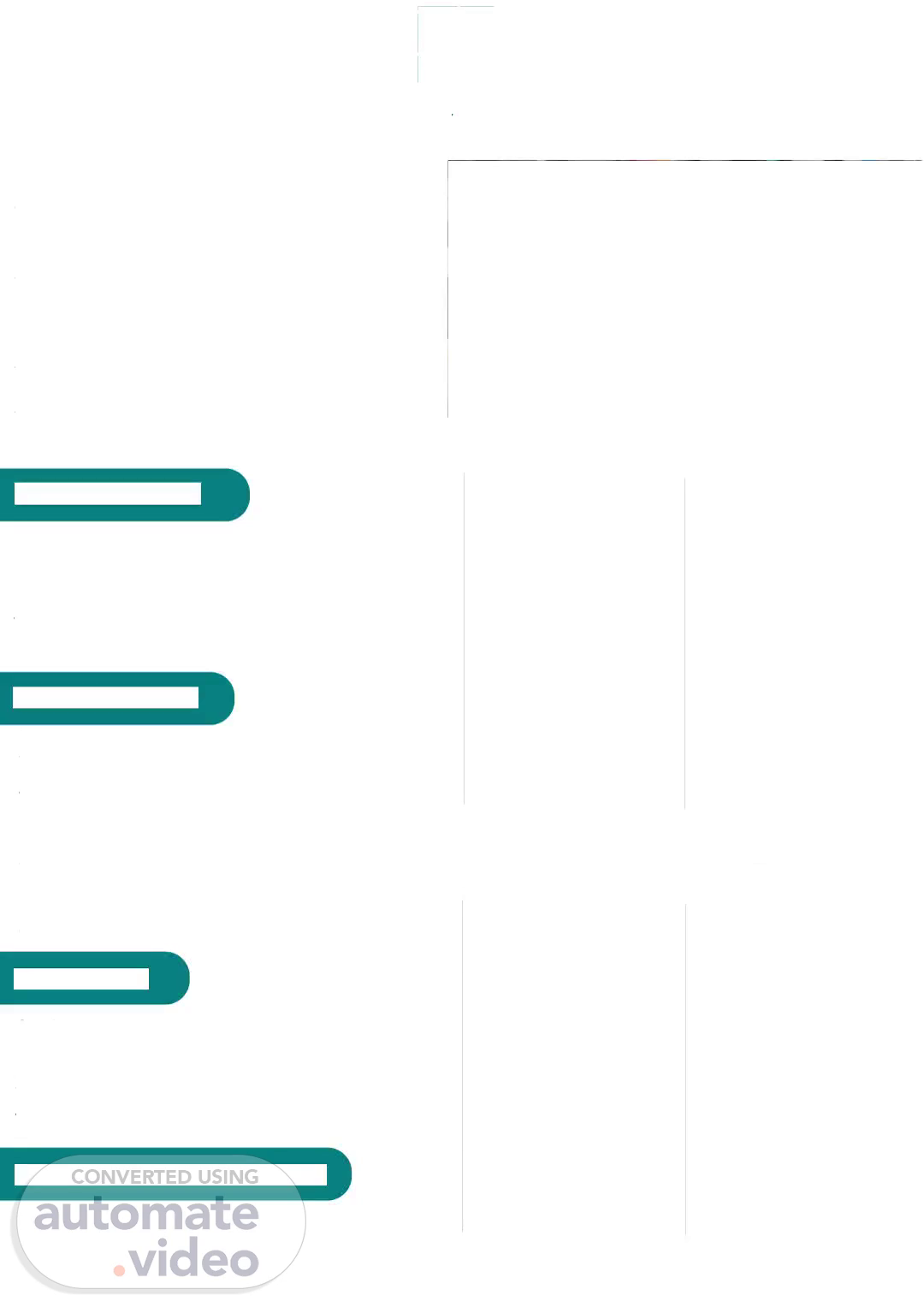Scene 1 (0s)
[Audio] A lot of field-work involves providing services to a group of beneficiaries over a period of time. The services and beneficiaries can vary widely. You may be providing health advice to special groups of people, arranging for social security for waste workers in the city, or monitoring progress of construction projects. Avni helps to empower your field-workers with tools to manage their work and helps you gather insights to your programme at a fraction of the time and cost of building a full-fledged MIS tool. Empowering field work has never been easier Create rich data formats. Manage beneficiaries, buildings, roads, families, households, groups, anything. The Avni app-designer lets you design your program structure, processes and protocols. Build an MIS that works for you. Avni helps you maintain data quality through many mechanisms. At a basic level, there is field validation (making fields mandatory, ensuring number ranges for numbers, OTP based phone number verification, validation of a field based on other dependent fields, autocalculation of fields). Avni also supports automatic scheduled follow-ups and allows custom approval processes. Configurable and actionable dashboards are necessary for a field-worker to monitor her work, and for supervisors to monitor the programme. You can configure dashboards with any indicator that you think is important for your programme. Build your own MIS Ensure data quality Visualize data Communicate to your field-users Keep your field-users abreast with the latest news in the program using News Broadcasts..
Scene 2 (1m 57s)
[Audio] No internet? No problem Choose your language A lot of field-work is run on low or no internet areas. Avni has been designed from the ground-up to work without an internet connection. Avni is available in English, Hindi, Marathi, Gujarati, Tamil and Kannada. Of course, you can translate the app in your own language if you want through the application designer. Trusted by Case study Maharashtra is a state with highest number of dams and water bodies in India. Water storage capacity of these water dams has been reducing over the years due to deposition of silt. Removal of silt from these dams helps in restoring water storage capacity of dams and spreading the silt on farmland improves fertility of land. Keeping this in view, Government of Maharashtra rolled out " Galmukta Dharan and Galyukta Shivar" ( GDGS) scheme during May 2017. The nature of implementation and involvement of multiple stakeholders resulted in multiple parameters to be monitored on a daily basis. This was coupled by short time duration (about 90 days a year) to complete the work. This posed major challenge for NGOs to track the progress and ensure all the data points are collected on a regular basis. So, to solve this problem Avni was customized to suit requirements of the project. The app was designed to help site coordinators at each of the dam site to update data related to progress on a daily basis. The data collected was linked to a dashboard providing multiple reports. This was designed to help in regular monitoring of the project. The data collection involved registering each dam/ water-body and then collecting various types of information like - baseline status, work details of vehicle's ( JCBs) used, fuel consumed, issues faced, the beneficiary details and end-line. This data was collected in the field during the complete process of desilting and distributionof silt. The collected data allowed for monitoring, spotting gaps in reporting, and anomalies in data. The monitoring team could contact the ground team to understand the reasons. Dam and water bodies desilting work monitoring.
Scene 3 (4m 36s)
. . 1. https://avniproject.org/features 2. https://avniproject.org/case-studies/ 3. https://avniproject.org/blog/.
